
How to make the perfect brownie every time
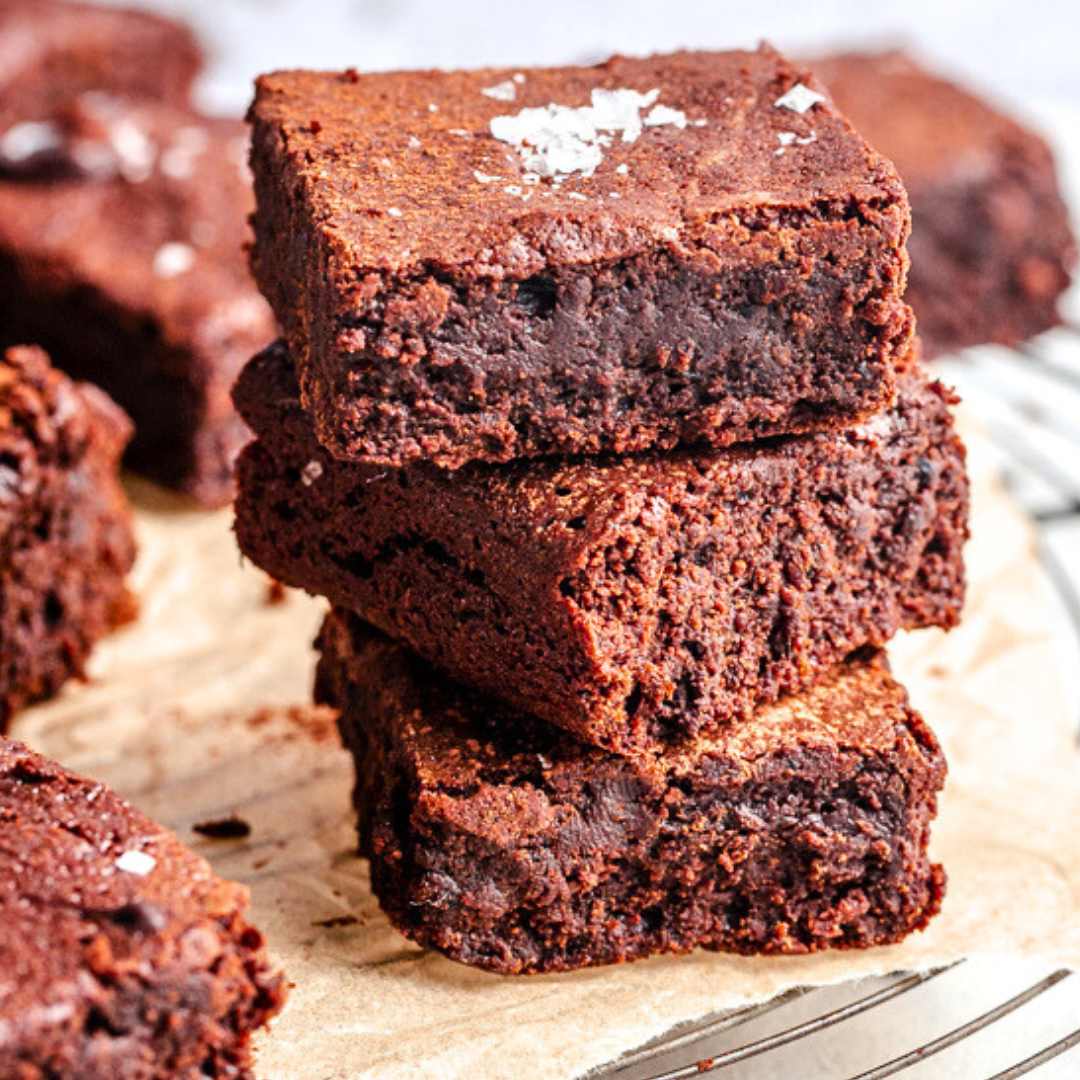



Mmmm brownies. Scrumptiously squidgy, deliciously chocolatey and incredibly moreish. But how do you make the perfect brownies every time? Whether you’re a fan of cake-like brownies or melt-in-the-mouth fudgey ones, here are our top brownie baking tips.
1: Choose the best quality ingredients
The perfect chocolate brownie demands high-quality ingredients. Organic, fairly traded cocoa powder, good quality butter, and dark chocolate chips made from the finest ‘fino de aroma’ Colombian beans. Yum, we can almost taste those brownies already.
2: Use unsweetened cocoa powder
Most brownie recipes call for cocoa powder. For best results, you’ll want to use a 100% pure cocoa powder with no added sugar. Anything else could make your brownies sickly sweet and not chocolatey enough.
3. Add dark chocolate chips
If your brownies call for chocolate chips, we recommend using dark chocolate rather than milk, for an extra rich flavour. If you want an extra rich and gooey brownie, substitute half the chocolate chips for cacao melts, and the cocoa powder for cacao powder. This will result in a slightly more bitter, less sweet brownie though, which may not appeal to children. You will find a range of recipes around; some suggest using just cocoa powder, whereas others only chocolate chips. How to make the perfect brownie? We believe a combination of both is the golden route; this ensures you bake rich, fudgey, and really moist brownies every time.

4. Make sure your butter is unsalted
It’s best to use unsalted, unsweetened butter when baking. However, you can add a pinch of salt to the batter if you like, or even better, sprinkle some sea salt flakes on the top once baked.
5. Use a mix of brown and white sugar
This isn’t essential, but using both brown and white sugar helps you to get the perfect brownie texture and the right level of sweetness.
6. Melt the butter and chocolate chips
Room-temperature butter and hard chocolate chips are difficult to combine with the other ingredients, so you can end up over-mixing the batter or making it lumpy. So, melt them in a microwave or over a bain marie to make things easier.
7. Use a metal tin
The best brownie pan is metal. Ceramic and glass oven dishes are great for most recipes, but they don’t give you the same level of heat transfer as metal tins. The right size depends on the quantity of ingredients, so always check the recipe. If you have to use a larger pan than the recipe states, your brownies will cook quicker.
8. Don’t let the oven get too hot
Preheat your oven to between 170°C and 180°C. Any hotter risks burning the brownies on the outside and not cooking them properly in the middle. Any cooler and they may end up cooking in the middle before they have a nice crisp crust.
9. Check your brownies regularly
Brownies can take anything from 25 minutes to 45 minutes to bake. The timing depends on whether your oven is fan assisted, whether it was properly pre-heated, what recipe you’re following and what size tin you’re using. So check them 5 minutes before the recipe states, and every few minutes after that.
They’re ready to come out when they look cooked on the outside, but are still squidgy in the middle. They may seem under-baked, but believe us, this is where the fudgeyness will develop. A cocktail stick or skewer poked in the middle of the brownies should come out with a mixture of batter and crumbs on it.
10. Leave your brownies to cool before slicing
The brownies will continue to cook in the tin while they’re cooling down. If you try cutting them into squares before they’re cool, the middle will likely be too runny. (That said, nothing beats digging a spoon into a still warm tin of brownie mixture, especially if you pop some ice-cream on top…)
Recipes for perfect chocolate brownies
It’s impossible to give you one single recipe for the ultimate chocolate brownie, as tastes differ. Some people like fudgy brownies. Others prefer cakey ones. Some like them sweet. Others like them darker. Whichever camp you’re in, there’s a perfect brownie recipe to fulfil your cravings…
Lazy chocolate brownies
These brownies are super easy to make and pack a seriously chocolatey punch. Plus, our Chocolate Coated Nibs give them a satisfying crunch.
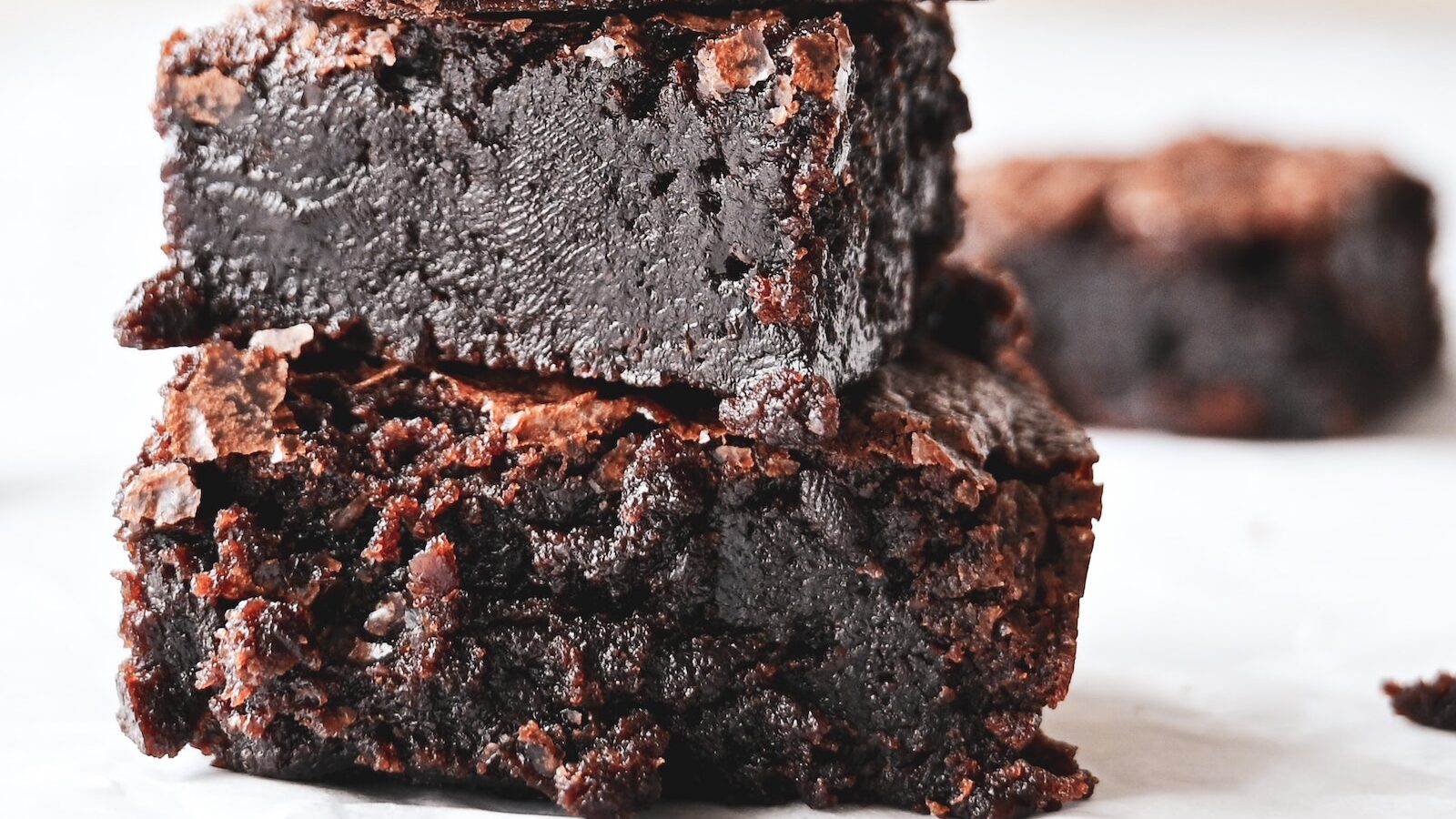
Chocolate and raspberry brownies
Chocolate and raspberries are a match made in heaven. This recipe adds a shot of espresso for an extra kick.
Healthier chocolate brownies
These chocolate fudge brownies have been given a healthy makeover thanks to chef Ugne Bubnaityte. She’s swapped white flour for wholemeal spelt flour, and granulated sugar for coconut sugar and date syrup. The best bit? They may be healthier, but they still taste delicious.
Salt & caramel brownies
How can you improve on a chocolate brownie? Add a drizzle of salty caramel sauce and a hidden ingredient – beetroot. These brownies are decadently dark and a lot more grown-up than the sweeter versions.
Fruit & nut brownies
What do you get if you cross a bar of fruit & nut with a chocolate brownie? Fruit & nut brownies of course! These include walnuts, pecans and pistachios, fresh raspberries or cherries, and both white and dark chocolate.
Vegan chocolate brownies
Vegan-friendly chocolate brownies are tricky to get right as you’ll need to use an egg-substitute and oil instead of butter. If you do decide to try it, remember to stick to dark chocolate chips or cacao melts rather than milk chocolate. If you’re baking vegan brownies for children, swap half the dark chocolate for oat mylk chocolate chips.
(Pssst, we do have lots of other vegan recipes you’ll want to try…)
How to bake the perfect brownie: your questions answered
What makes brownies cakey vs fudgy?
Cakey brownies have a higher flour to butter/oil ratio than fudgey ones. So, if you’re struggling to get the texture that you’re after, try slightly reducing or increasing the flour. If you’re after perfect chewy brownies and they’re still a bit too cake-like, you might be overmixing the batter. If you whisk too much, more air gets trapped in the batter, which makes for a more cake-like texture.
Should you use butter or oil in brownies?
You can use either. Butter tends to give you a slightly crumblier texture and richer flavour. Oil can make the brownies feel a little greasy.
What not to do when making brownies?
Where do we start? Don’t use a glass or ceramic pan. Don’t forget to pre-heat the oven to between 170°C and 180°C (depending on what the recipe says). Don’t take your brownies out of the oven too early. Don’t slice them until they’ve cooled. Scroll back up the page for more brownie baking tips.
How do you keep brownies moist?
If your brownies are more cakey than fudgey, try using slightly less flour and taking them out of the oven slightly earlier. (They will continue baking until the pan has completely cooled down.)
What happens if you use one less egg in brownies?
Eggs help the dry and wet ingredients to bind together and the mixture to rise. So, if you use one less egg, you’ll likely end up with a denser brownie. They’ll still taste good but won’t be the perfect chocolate brownie you’re craving. So, our advice is to nip next door and ask if you can borrow an egg.
Are my brownies fudgey or undercooked?
They’re undercooked if you cut into them (once they’re cool) and they’re still runny. They’re perfect and fudgy if they’re still soft in the middle but not runny.
Before you take them out of the oven, test them with a cocktail stick. If you poke the stick in the middle of the brownies, it should come out with a bit of batter on it, and a few crumbs. If there are no crumbs and lots of batter, it’s underdone. If there are lots of crumbs and no batter, it’s a bit overdone. In this case, cool the tin as quickly as you can (eg by putting it on top of a layer of ice in an oven dish.)
Raring to go? Check out all our brownie recipes here.

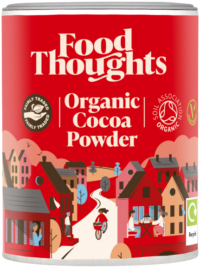
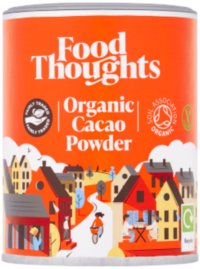
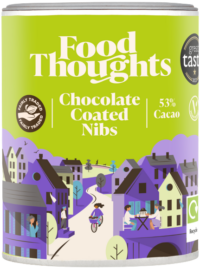
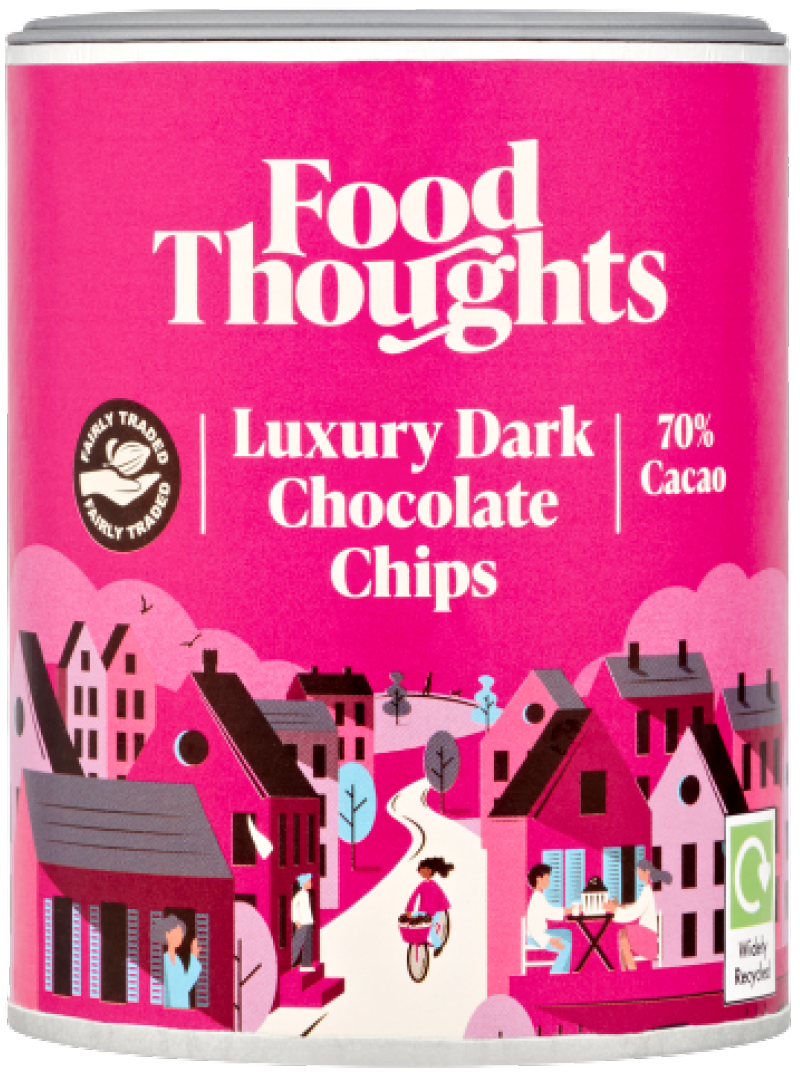
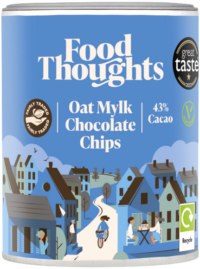
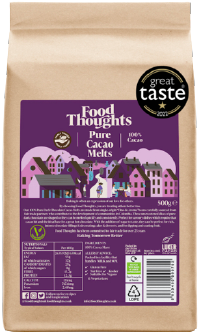
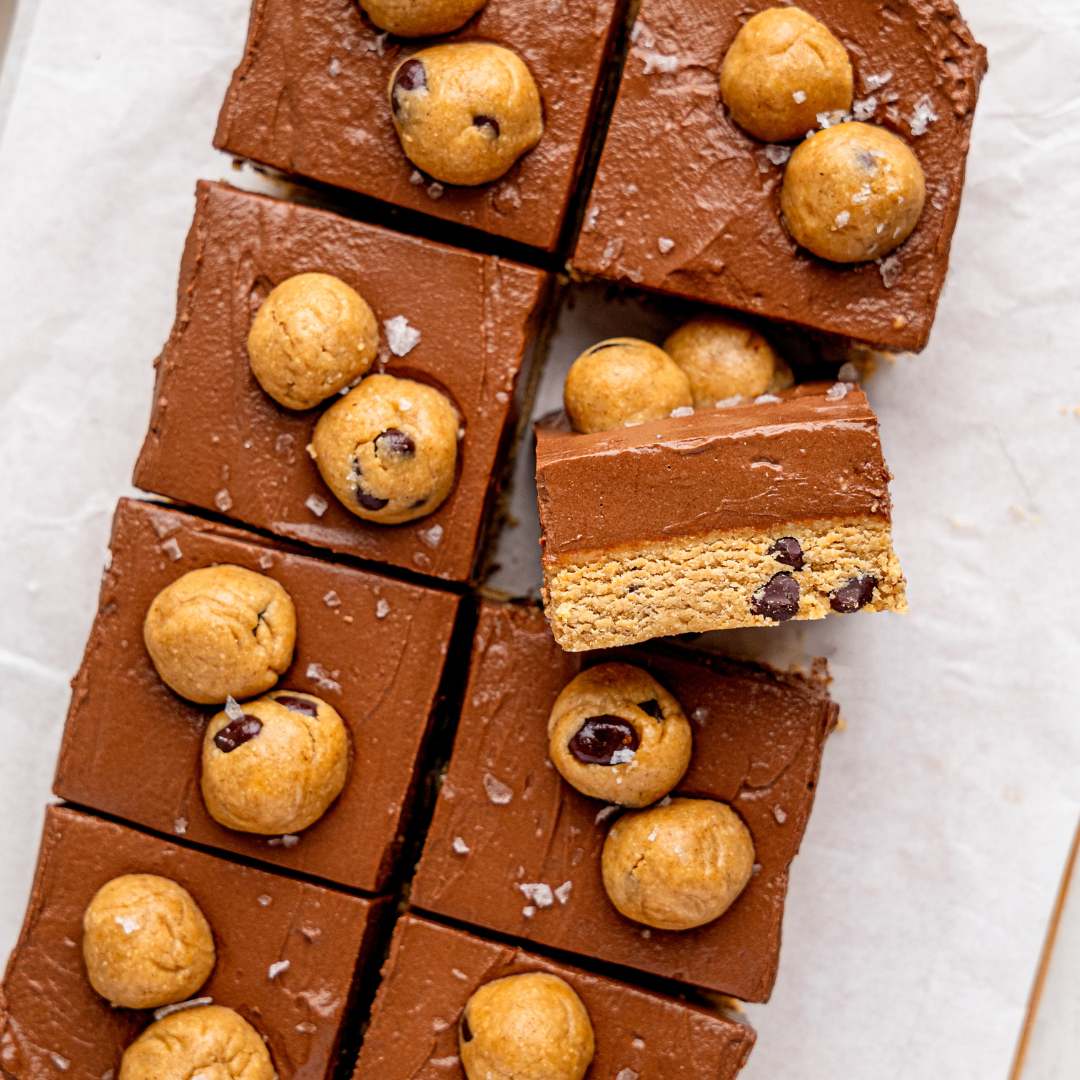


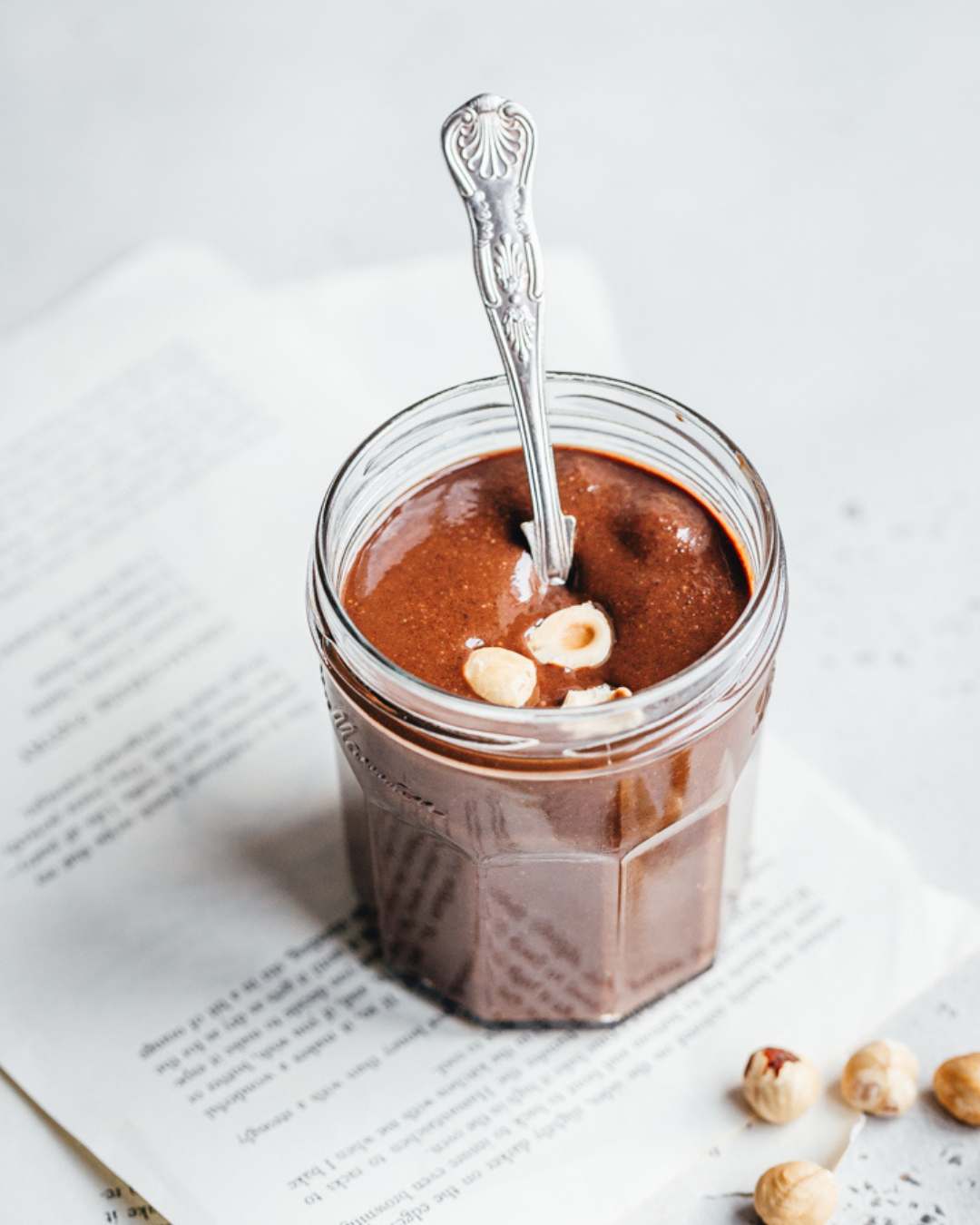
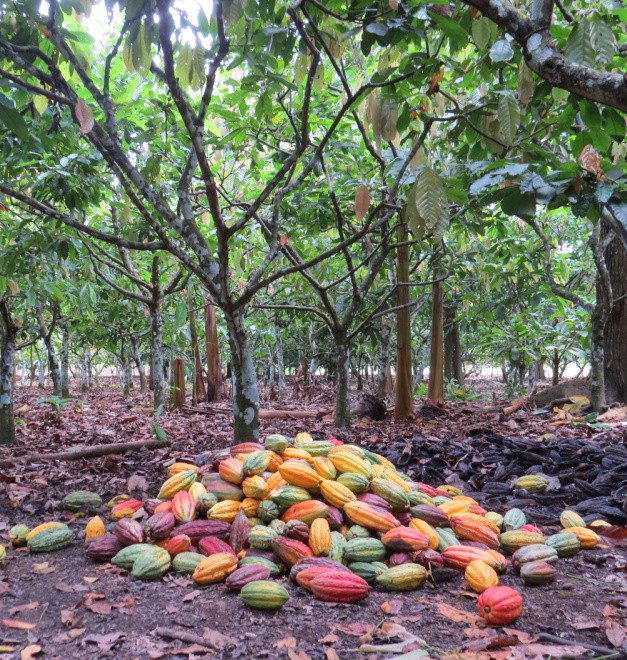

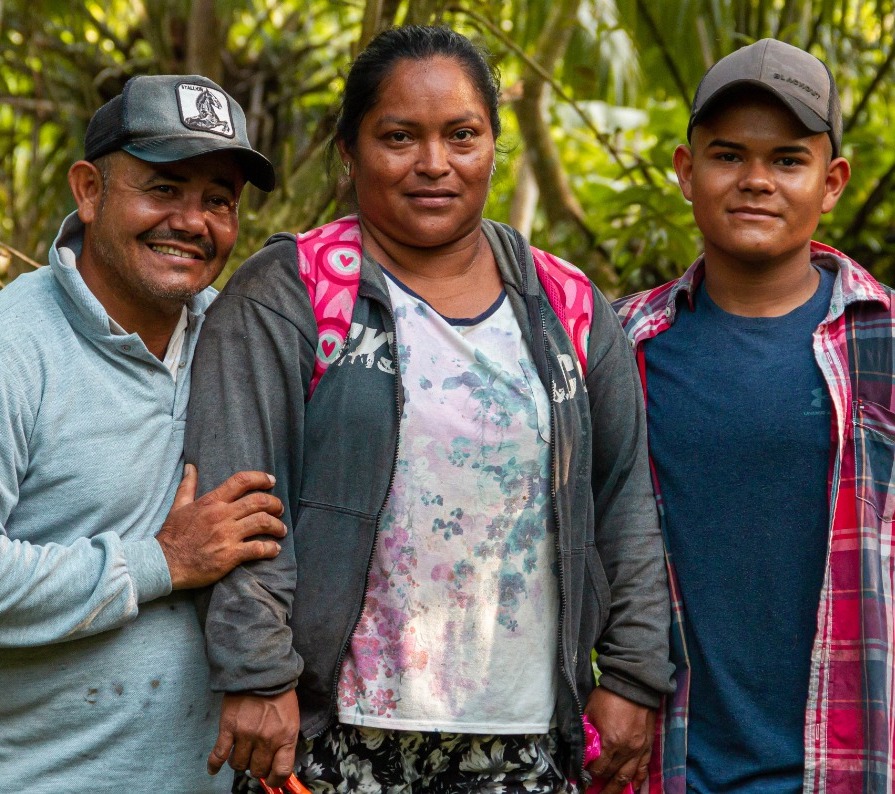


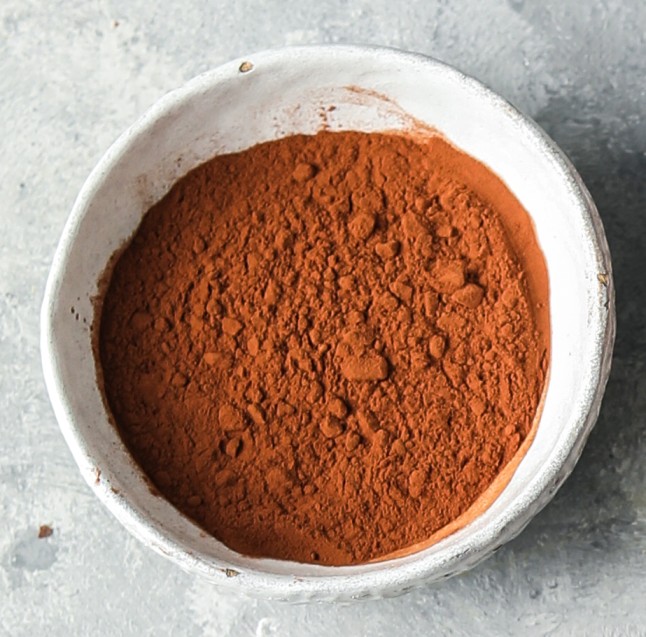






Share this